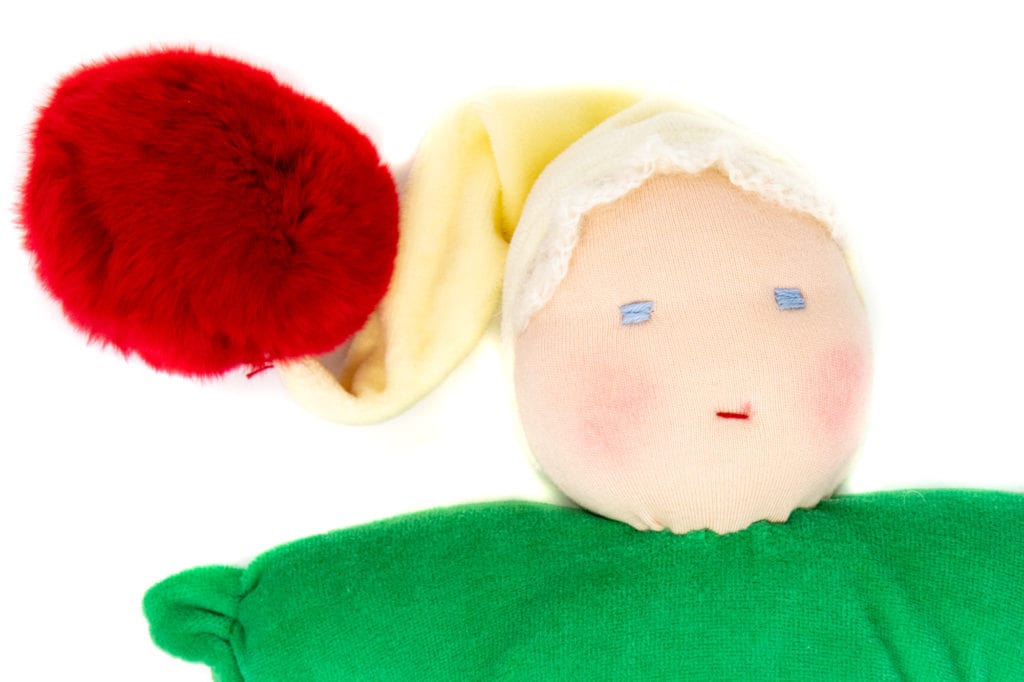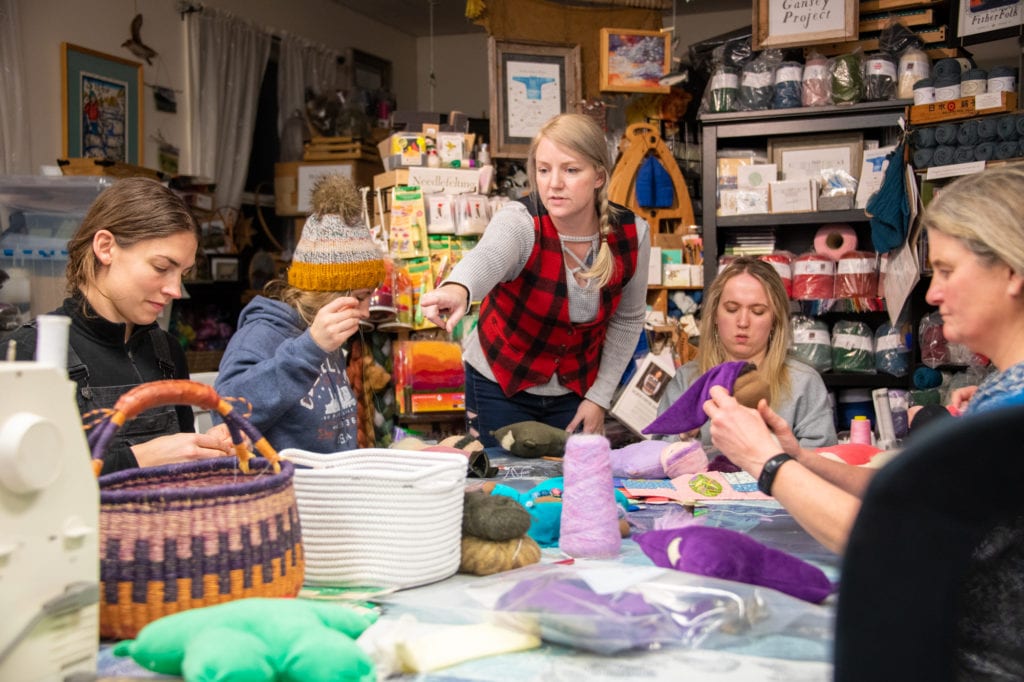
Crafter Amber Wasson has made more than 50 Waldorf dolls. Unlike Raggedy Ann, these dolls don’t smile — their faces are almost totally neutral, with a few centimeters of stitching standing in for eyes and a mouth. But these aren’t just odd-looking stocking stuffers: they’re designed as workout equipment for the imagination.
Waldorf dolls are associated with Waldorf education, a popular alternative method of schooling. The first Waldorf school was opened in 1919 by Rudolf Steiner, an Austrian educator, writer and mystic. Since then, Waldorf education has grown into the largest independent school movement in the world, according to an information sheet from the Association of Waldorf Schools of North America. Waldorf education is similar to the Montessori method in emphasizing a connection to the natural environment. However, Waldorf education puts developing imagination and creativity ahead of academic pursuits like reading and math, on the theory that a well cultivated imagination will lay the groundwork for later understanding of those academic subjects.
Waldorf dolls usually feature very minimalist faces, with small, expressionless features. This requires children to exercise their imaginations in order to project emotions onto the doll while playing. A Waldorf doll’s body is flexible and allows it to assume various postures. Unlike a Barbie or G.I. Joe figure, whose role is clearly defined by uniform and accessories, a Waldorf doll requires greater intellectual effort for satisfying play.
A lifelong crafter, Wasson was drawn to Waldorf dolls when she first saw them at the Net Loft store as a child. Waldorf dolls are also traditionally made with natural materials, something that appealed to Wasson’s love of wool, yarn and plant dyes.

“I like dolls so much because I’m a young-at-heart person,” Wasson said. “There’s also a connection to the natural world that is really fascinating to me.”
Wasson now runs regular workshops to make sewn Waldorf dolls. These workshops take place over two evenings at the Net Loft, where participants gather around a table strewn with materials in an affable but quiet atmosphere. It typically takes around eight hours to craft a doll, but Wasson has succeeded in cramming the process into two three-hour sessions. Wasson held her first two workshops in October, followed by two more in November. Her next workshops are scheduled for Dec. 13 and 15.
Wasson remains enchanted by the process of seeing a figure with a unique personality emerge from a pile of velour, mohair and wool. While time-consuming, Wasson’s technique is simple enough that she’s successfully taught it to children, she said.
“Even if you don’t really have any sewing experience, the fabric is very forgiving,” Wasson said. “It’s easy. Not much technique goes into it — it’s the same stitch for the entire thing… You shouldn’t be afraid to try it, even if you feel like you don’t have the experience.”
Wasson is considering beginning a workshop to make knitted Waldorf dolls in February 2020, she said. She also hopes to produce a Waldorf doll-making kit.





